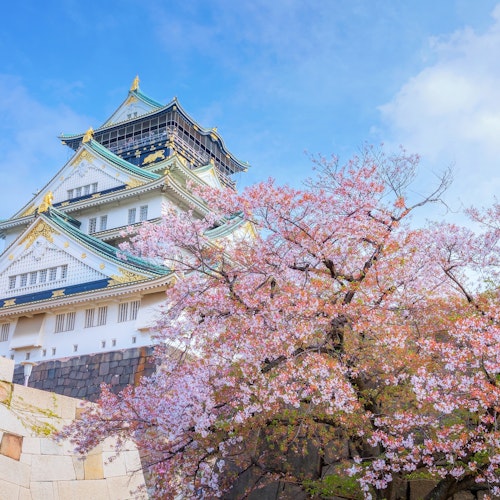A Guide to Japan's Must-See Festivals and Unique Customs

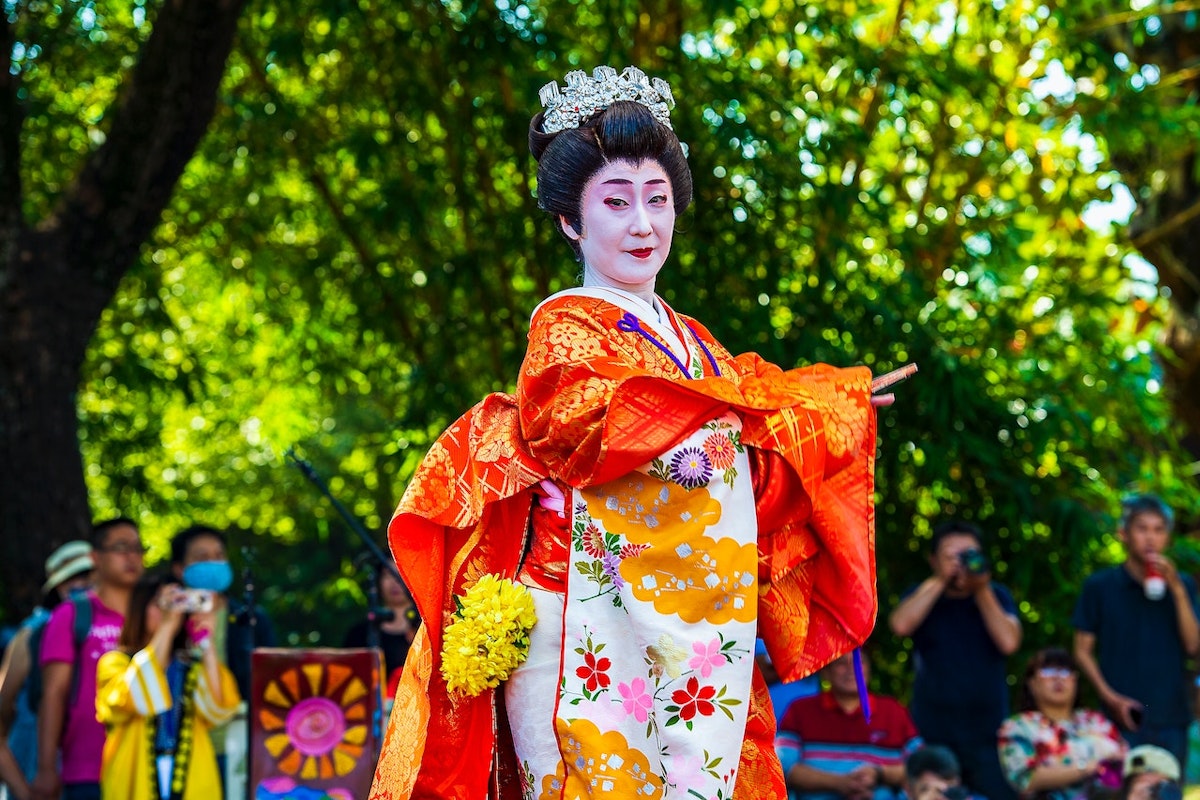
Japan is a land of ancient traditions, deep cultural heritage, and vibrant festivals. The country's festivals are a window into its rich history and modern-day spirit, offering visitors a chance to experience Japan in all its colorful glory.
Picture yourself standing amidst a sea of pink cherry blossoms during the Sakura Matsuri festival, feeling the gentle breeze on your skin as you witness the beauty of nature and culture. Or, perhaps you'd prefer to watch the sky light up in a fiery display of fireworks during the Sumida River Fireworks Festival, with the Tokyo skyline as your backdrop. From dancing in the streets during Awa Odori to marveling at the illuminated floats of Nebuta Matsuri, Japan's festivals are an unforgettable experience.
In this article, we'll take you on a journey through some of Japan's most breathtaking festivals, each with its unique history, customs, and traditions. Whether you're a seasoned traveler to Japan or planning your first visit, this guide will help you discover the magic of Japan's festival culture and the heart of the Japanese people. So, get ready to explore the wonders of Japan's festivals and create memories that will last a lifetime.
Cherry Blossom Festival (Sakura Matsuri)
The Cherry Blossom Festival, or Sakura Matsuri, is one of Japan's most famous and beloved festivals. It celebrates the beauty of nature and the arrival of spring as the cherry blossoms, or sakura, bloom across the country. The festival has a long and fascinating history, dating back to the Heian period (794-1185).
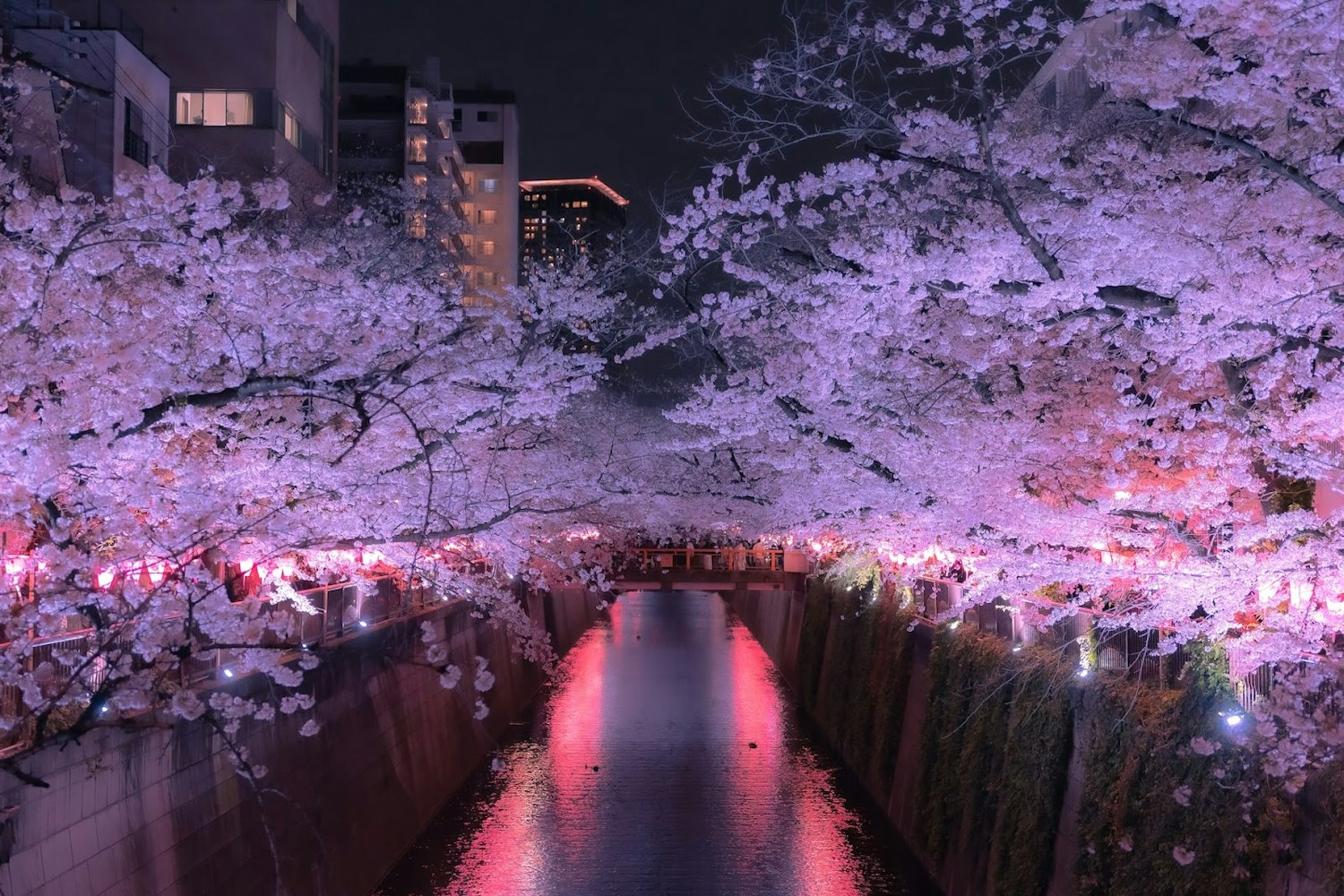
Sakura Origins: Japan's Beloved Cherry Blossom Festival Story
Legend has it that the Sakura Matsuri festival originated in the Imperial Court of Kyoto, where aristocrats would gather to appreciate the cherry blossoms and compose poetry. The festival eventually spread to the general public, and today, it's celebrated throughout Japan.
The cherry blossom symbolizes the fragility and beauty of life, reminding us to appreciate every moment. During the festival, people gather with friends and family to enjoy picnics, drink sake, and admire the blossoms. It's a time of joy and celebration, as people welcome the new season and the hope it brings.
Blossom Hotspots: Japan's Must-See Cherry Blossom Viewing Locations
If you're planning to visit Japan during the Sakura Matsuri festival, here are some must-see cherry blossom viewing locations:
Ueno Park, Tokyo: Ueno Park is one of Tokyo's most famous cherry blossom spots, with over 1,000 cherry trees.
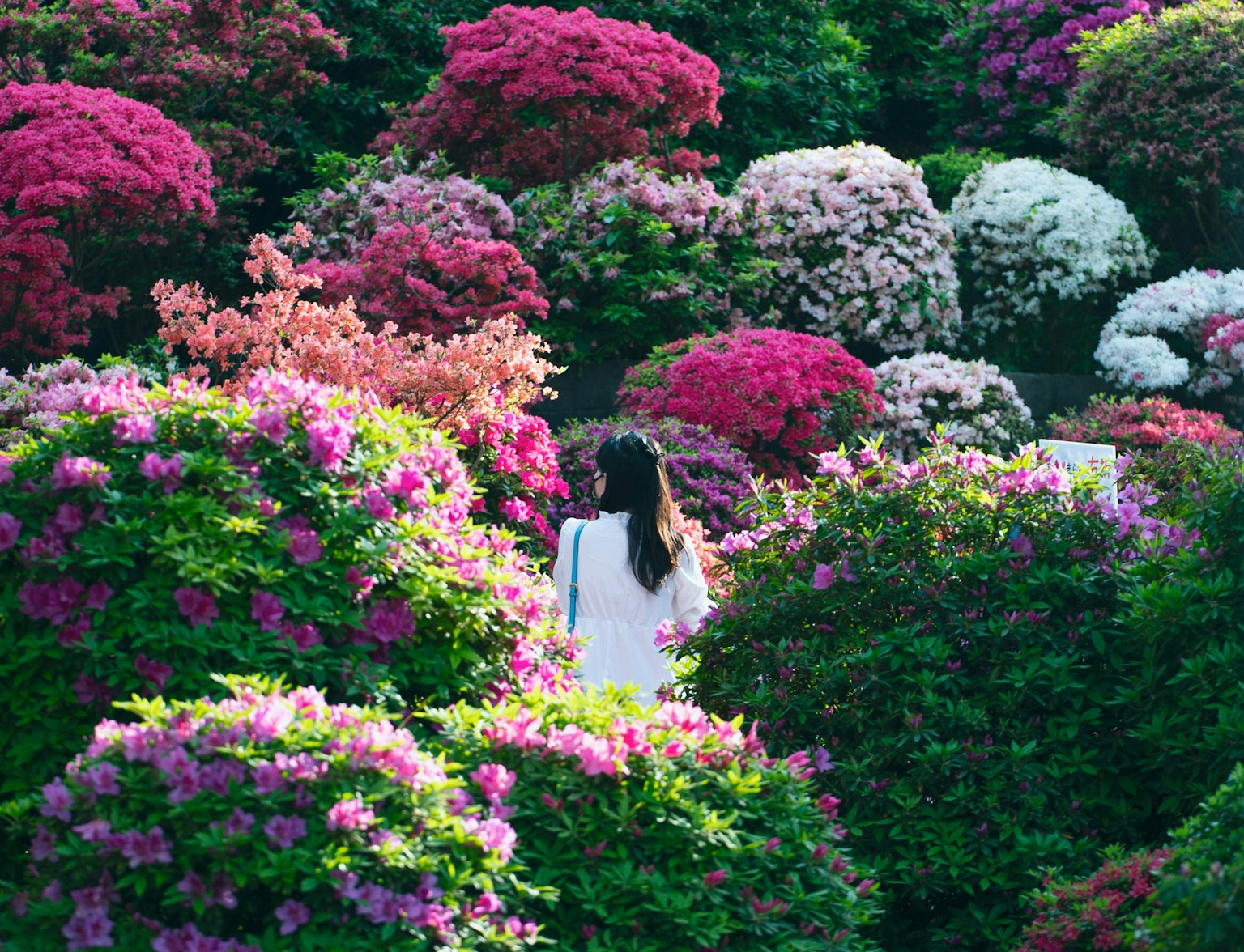
Enjoy the cherry blossoms at Ueno Park.
Hirosaki Castle, Aomori: Hirosaki Castle's moat is surrounded by over 2,500 cherry trees, making it one of the most picturesque spots for cherry blossom viewing.
Himeji Castle, Hyogo: Himeji Castle is a UNESCO World Heritage Site and is especially beautiful during the cherry blossom season.
Philosopher's Path, Kyoto: The Philosopher's Path is a peaceful and scenic walking trail that's lined with cherry trees, making it an ideal spot for contemplation and appreciation of nature.
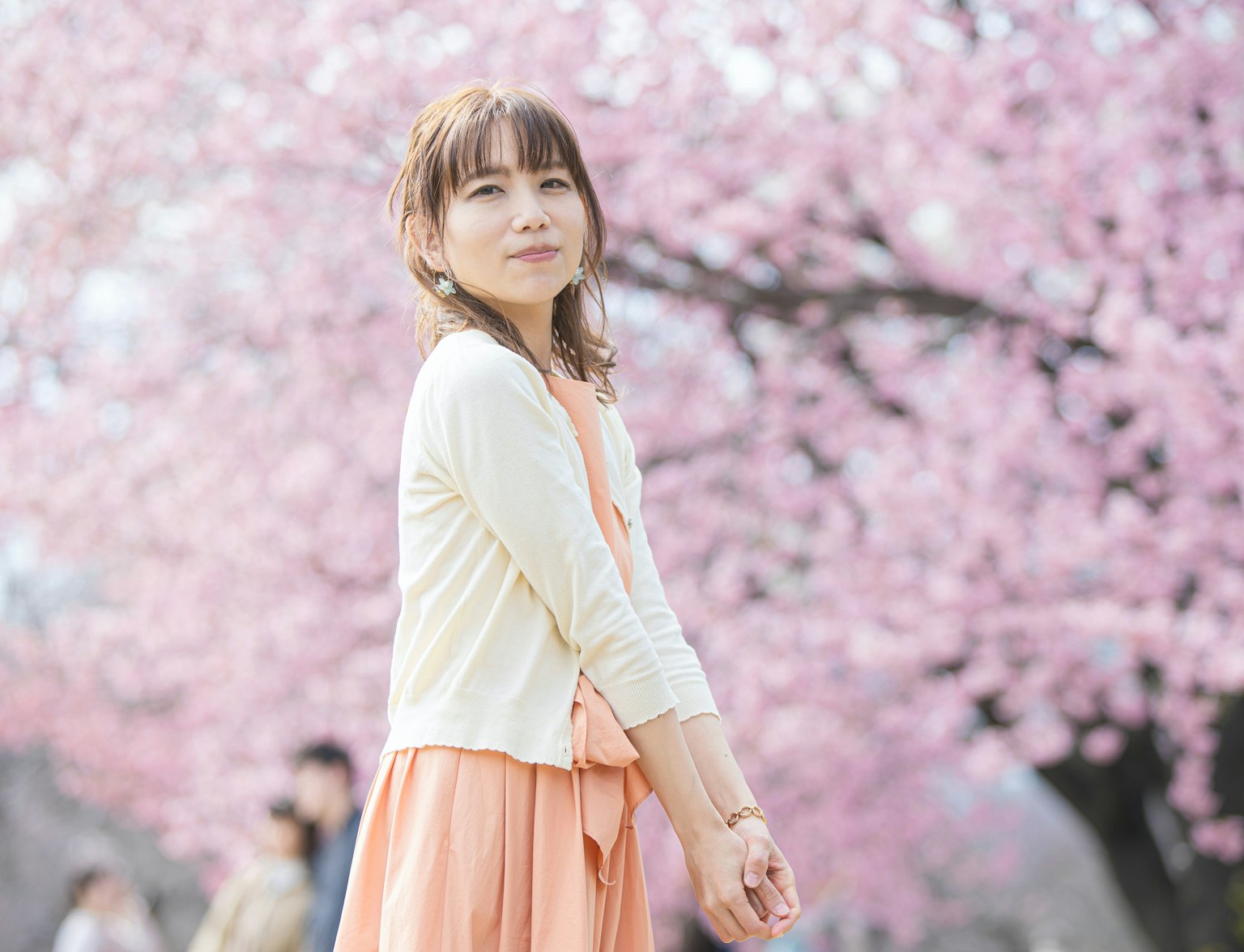
It is indeed one of the best sites for this season!
Mount Yoshino, Nara: Mount Yoshino is known for having over 30,000 cherry trees, making it one of the most spectacular cherry blossom spots in Japan.
Gion Matsuri
The Gion Matsuri is one of Japan's biggest and most famous festivals, celebrated in the ancient city of Kyoto. It's a month-long celebration that culminates in a grand procession of floats and portable shrines through the streets of Kyoto. The festival has a rich history that dates back over a thousand years.
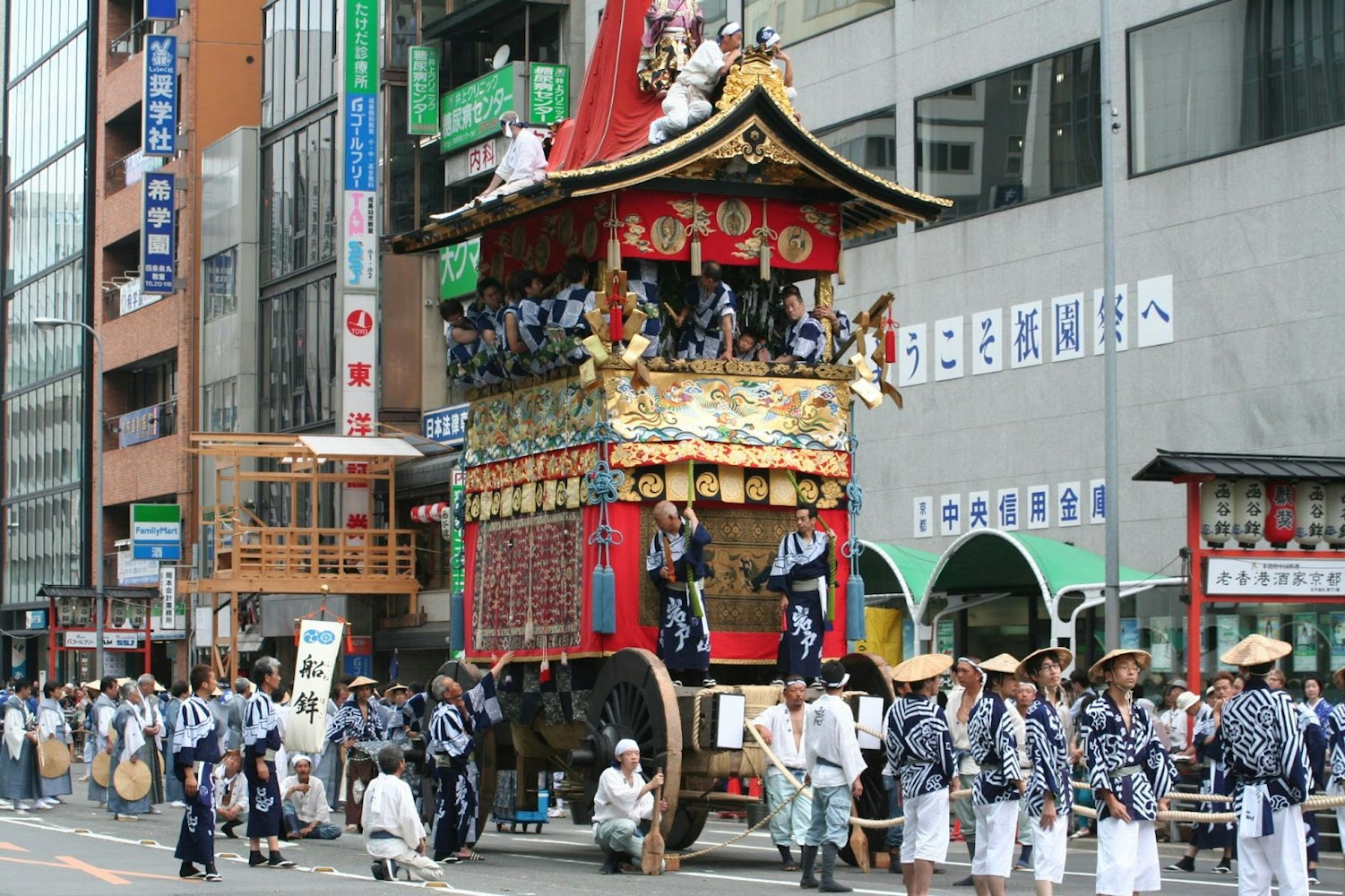
Kyoto's Festive Heartbeat: A Brief History of Gion Matsuri
The Gion Matsuri began in 869 AD as a religious ritual to appease the gods during a plague outbreak. Over time, it evolved into a celebration of Kyoto's cultural and artistic heritage. The festival is named after the Gion district, where the Yasaka Shrine is located. The shrine is believed to protect the city from evil spirits and disasters.
The festival was interrupted several times over the centuries due to natural disasters and wars, but it has persevered and become an integral part of Kyoto's identity. Today, it's a celebration of Japanese culture, music, food, and arts, attracting thousands of visitors from all over the world.
Floats and Festivities: Highlights of Kyoto's Gion Matsuri Festival
The Gion Matsuri festival is packed with events and activities, but some of the highlights include:
Yoiyama: The nights leading up to the procession are known as Yoiyama, and they're a chance to see the floats up close and enjoy traditional Japanese music, food, and games.
The procession: The procession is the main event of the festival, featuring over 30 floats and portable shrines. The floats are decorated with intricate tapestries, lanterns, and sculptures, and they're accompanied by musicians and dancers.
The Mikoshi Togyo: This is a ceremony where the portable shrines are carried through the streets, accompanied by priests and Shinto maidens.
The Naginata Hoko Float: This float is the biggest and most impressive of all the floats, towering over 25 meters tall. It's decorated with colorful tapestries and sculptures and is accompanied by drummers and dancers.
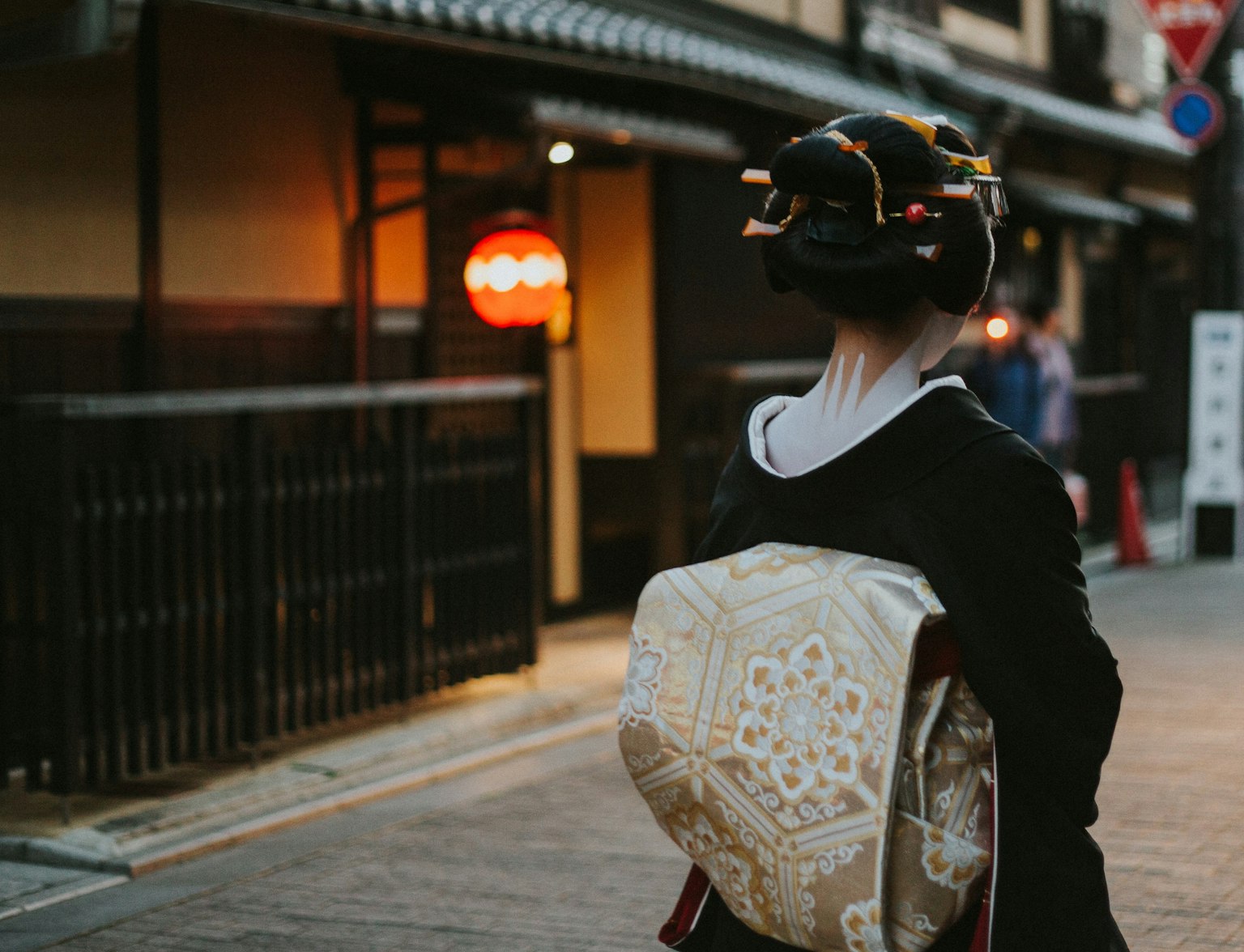
Experience the festival firsthand in Kyoto.
Awa Odori
The Awa Odori festival is one of Japan's most exciting and energetic dance festivals, held annually in the city of Tokushima on the island of Shikoku. The festival takes place from August 12 to 15, during the Obon season when the spirits of the dead are believed to return to earth.
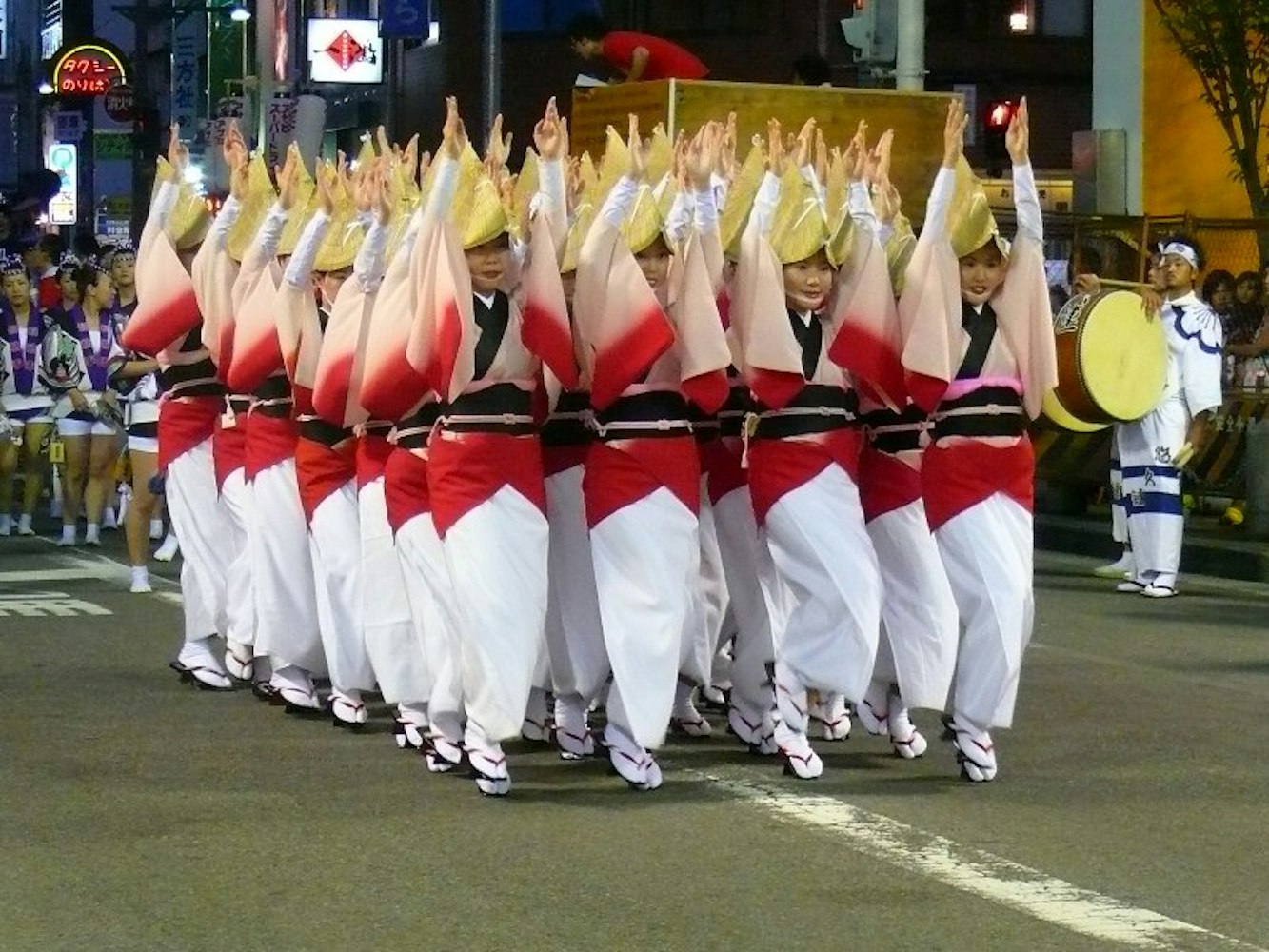
The History and Traditions of Awa Odori Dance Festival
It originated over 400 years ago as a way to celebrate a successful harvest, and it has since grown into a major event that attracts over a million visitors each year.
The Awa Odori dance is performed by thousands of dancers, dressed in traditional clothing, who move to the rhythm of taiko drums and shamisen (a three-stringed Japanese instrument). The dance is characterized by its lively and rhythmic movements, and the participants often sing and chant along to the music.
Participating in the Celebrated Awa Odori Festival in Tokushima
One of the unique features of the Awa Odori festival is that visitors are encouraged to participate in the dance. Anyone can join the dance procession by paying a small fee and renting a traditional yukata. Even if you're not an experienced dancer, you can follow the simple steps and move along to the music, joining the sea of colorful dancers.
The Awa Odori festival is also an opportunity to enjoy traditional Japanese street food, shop for souvenirs, and watch other cultural performances. You can watch taiko drumming, listen to folk music, and participate in tea ceremonies.
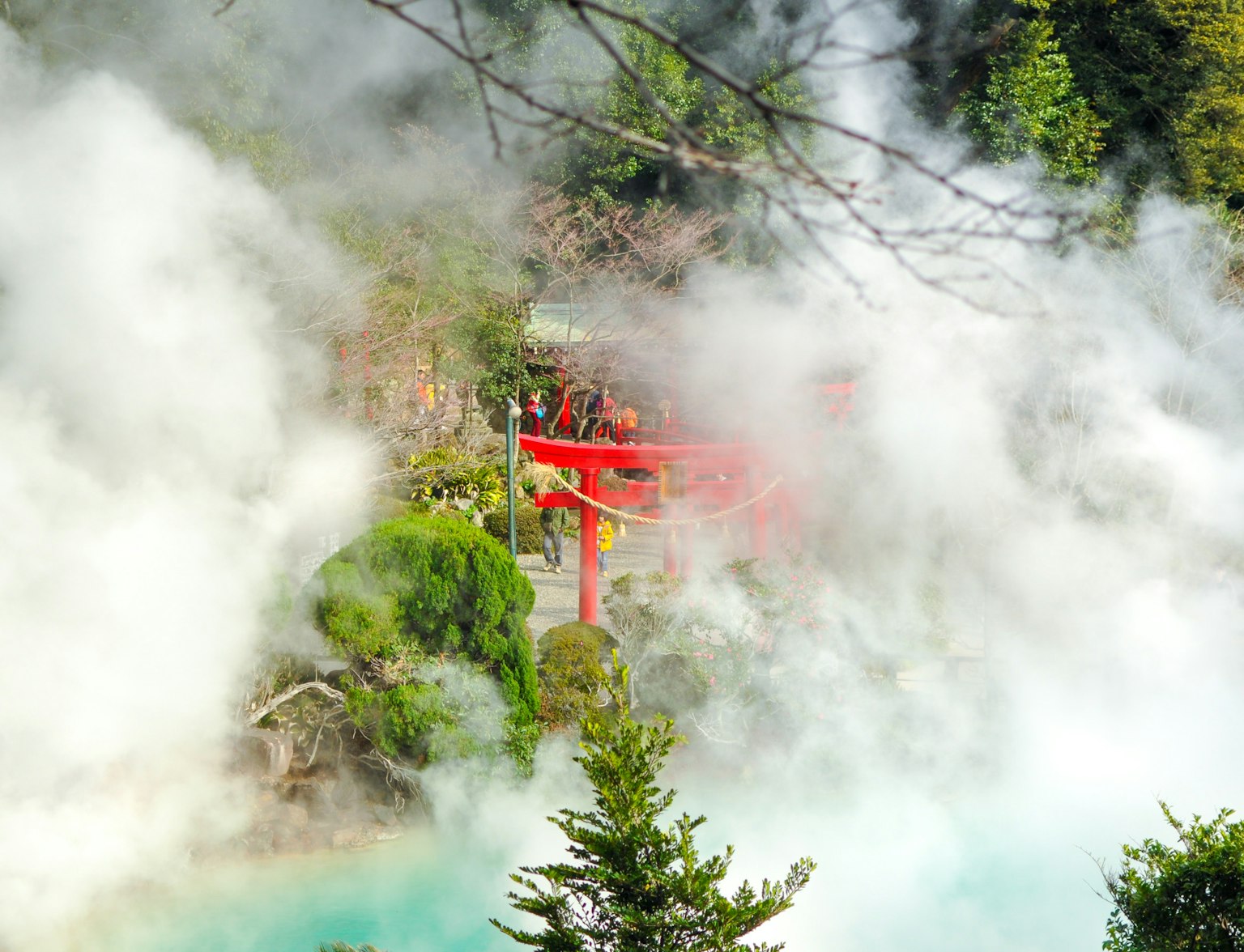
Pass by Tokushima with this tour.
Sapporo Snow Festival
Imagine walking through a winter wonderland of towering snow sculptures and intricately carved ice statues. This is the experience that awaits visitors to the Sapporo Snow Festival, one of Japan's most spectacular winter events. Held annually in the city of Sapporo on the northern island of Hokkaido, the festival draws millions of visitors from around the world.
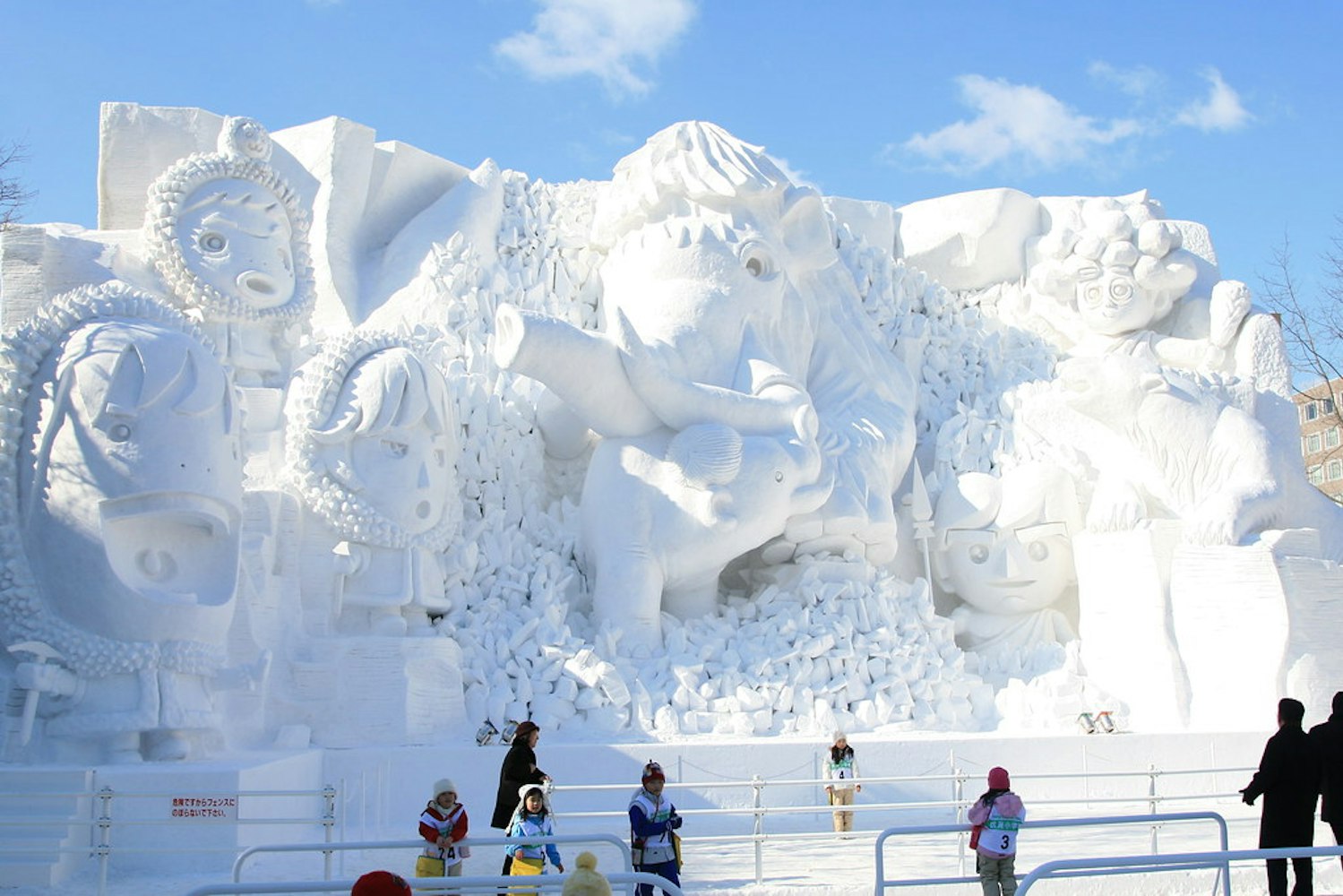
A Celebration of Ice and Snow Sculptures
The Sapporo Snow Festival began in 1950, when a group of local high school students built six snow statues in Odori Park. Since then, it has grown into a massive event, with hundreds of sculptures and installations spread across several locations in Sapporo. The festival usually takes place in early February and lasts for one week.
The festival's main attraction is the giant snow sculptures, which can reach up to 15 meters in height. These sculptures are often based on popular anime characters, famous landmarks, or cultural icons. The ice sculptures, on the other hand, are crafted from crystal-clear blocks of ice and often feature intricate carvings and designs.
Exploring the Exciting Activities at Sapporo Snow Festival
While the snow and ice sculptures are the main attraction, there's much more to the Sapporo Snow Festival than just admiring the art. Visitors can take part in a variety of activities, such as snowboarding, snowmobiling, and snowshoeing. There are also food stalls serving up hot and delicious Japanese street food, as well as traditional crafts and souvenirs.
In the evenings, the festival comes alive with stunning light shows and music performances. The illuminated sculptures take on a magical quality, casting a glow across the festival grounds. It's an unforgettable sight that truly captures the beauty of Hokkaido in winter.
Enjoying Delicious Cuisine and Soothing Hot Springs at Sapporo Snow Festival
After a long day of exploring the festival, there's nothing better than relaxing in one of Hokkaido's famous hot springs. Sapporo is home to several public hot spring baths, or "onsen," where visitors can soak in the warm and soothing waters while surrounded by stunning mountain scenery.
And of course, no trip to Hokkaido is complete without sampling the local cuisine. Hokkaido is known for its delicious seafood, including fresh crab, salmon, and sea urchin. Visitors can also try local specialties like "ramen" noodles, "soup curry," and "jingisukan" (grilled mutton).

Make a stop to Hokkaido's gateway, then onwards to Sapporo.
Sumida River Fireworks Festival
Fireworks are an essential part of Japanese culture and tradition, and the Sumida River Fireworks Festival is one of the country's most spectacular displays. Held annually in Tokyo on the last Saturday in July, the festival draws over a million visitors who come to see the stunning pyrotechnic show light up the night sky.
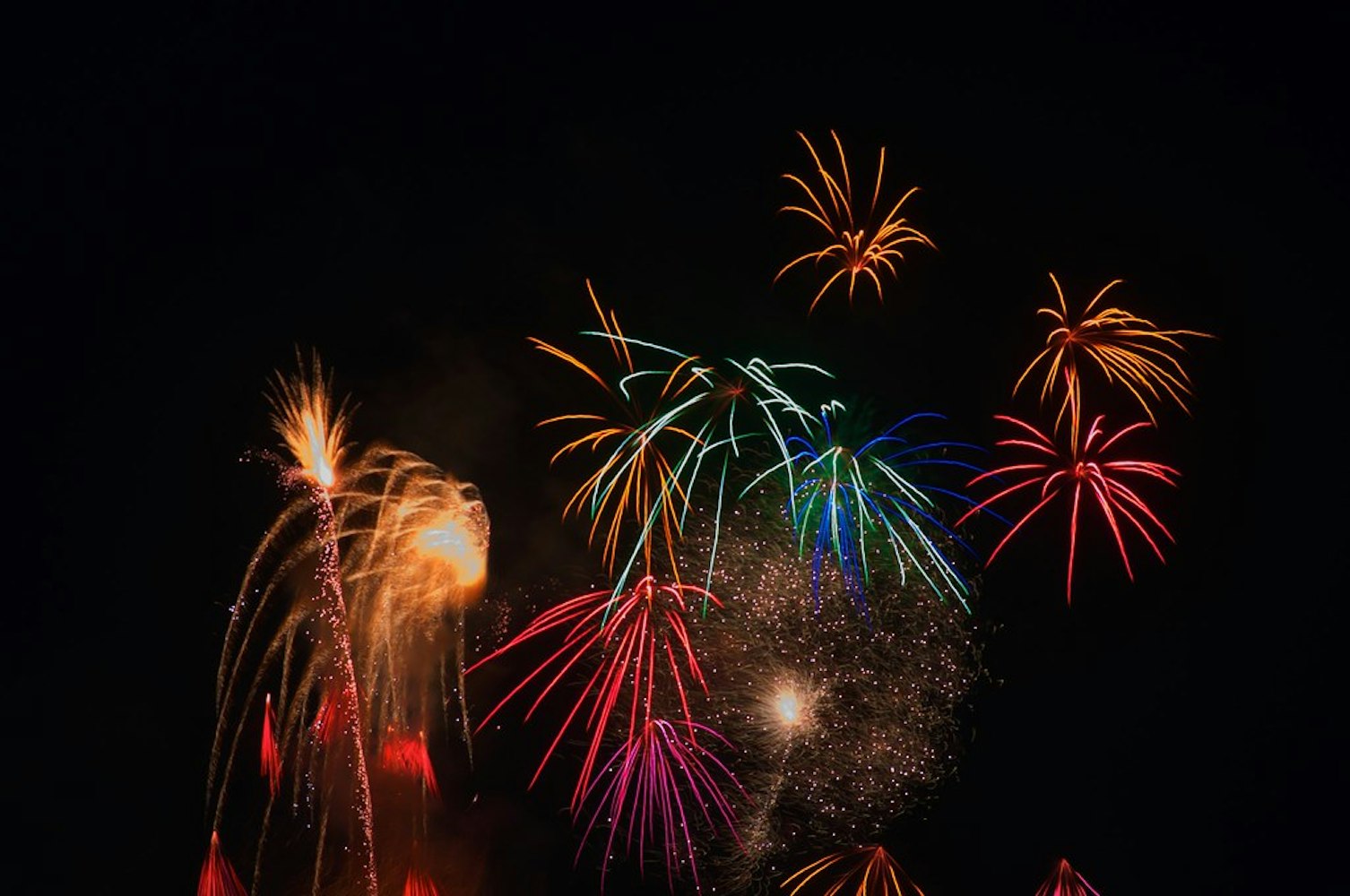
Sumida River Fireworks Festival: A Fiery Tradition in Japan's Culture
The Sumida River Fireworks Festival has been held for over 400 years, dating back to the Edo period. It began as a way to appease the gods during a time of drought, and has since grown into a massive event that showcases the artistry and skill of Japan's top pyrotechnic companies.
The festival features over 20,000 fireworks, launched from both sides of the Sumida River. The display is choreographed to music, with each burst of color and light perfectly timed to create a breathtaking visual spectacle. It's a celebration of Japan's rich cultural heritage and a testament to the country's commitment to excellence.
Enjoying the Sumida River Fireworks Display and Best Viewing Locations
The Sumida River Fireworks Festival is a free event, and visitors are encouraged to find a spot along the riverbank to watch the show. Some of the best viewing locations include Asakusa, where you can see the fireworks reflected in the river, and the rooftop gardens of nearby buildings. You can also rent a boat and watch the fireworks from the river itself, or take a cruise on one of the many pleasure boats that offer a front-row seat to the show.
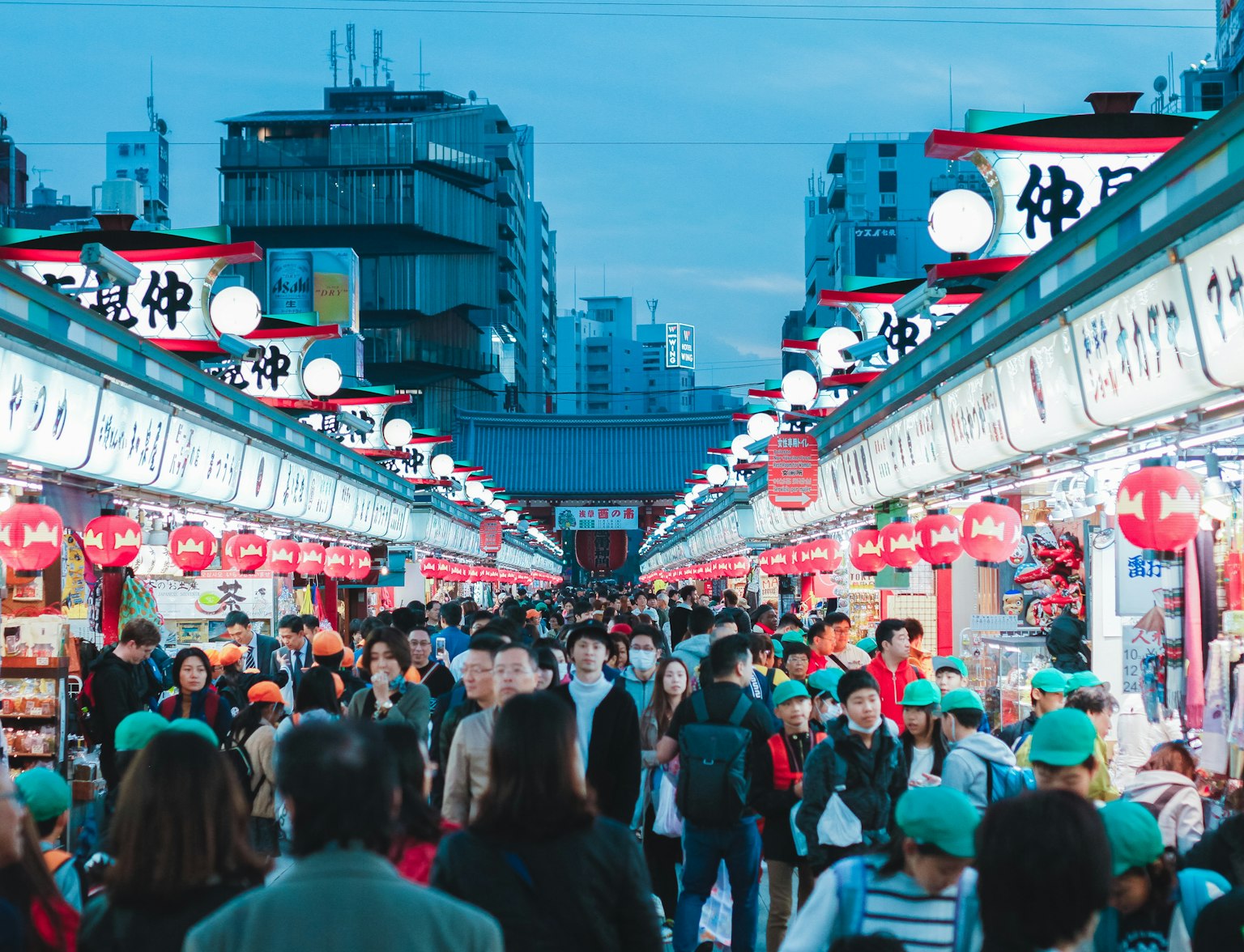
Enjoy a food tour while waiting for the main event!
Creative Ideas for the Sumida River Fireworks Festival
For a truly unforgettable experience, consider packing a picnic and staking out a spot on the riverbank early in the day. Bring a blanket, some snacks, and your favorite beverages, and settle in for a day of fun and relaxation. You can also rent a traditional Japanese parasol, or "wagasa," to shield yourself from the sun and add to the festive atmosphere.
If you're feeling more adventurous, you can join a "yakatabune" boat party, where you can enjoy a traditional Japanese meal and drinks while watching the fireworks from the water. Or, take a hot air balloon ride and get a bird's-eye view of the festival from above.
Aoi Matsuri
In Kyoto, the ancient capital of Japan, history comes alive through the Aoi Matsuri, a royal festival that dates back over a thousand years. Held annually on May 15th, the festival celebrates the rich cultural heritage of Kyoto and its imperial roots.
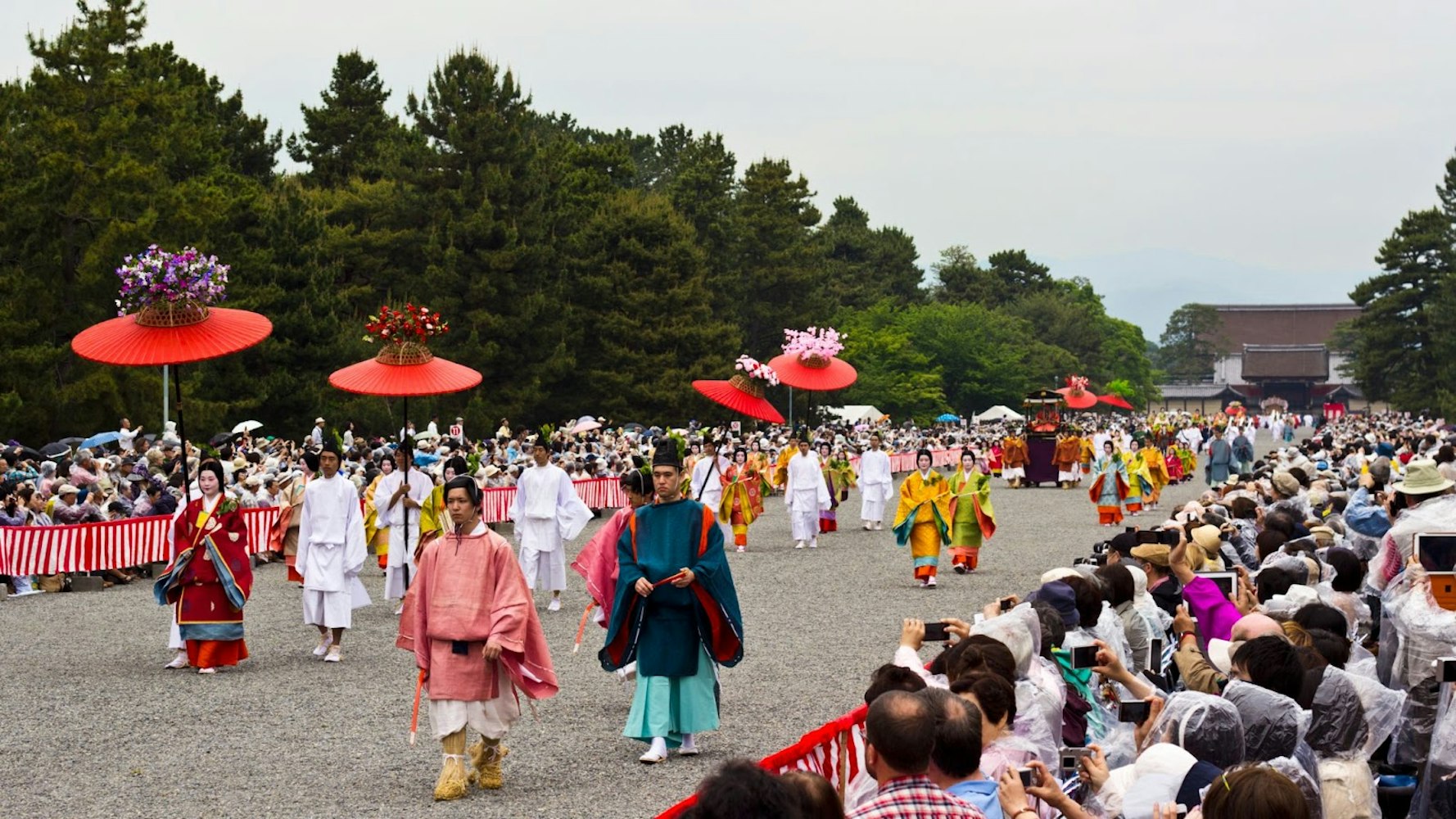
Aoi Matsuri: Kyoto's Royal Festival with Imperial Roots
The Aoi Matsuri began in the 7th century as a ritual to appease the gods during a period of drought. Over time, it evolved into a grand procession that featured members of the imperial court and their retinues, dressed in traditional Heian-era costumes.
Today, the festival begins with a Shinto ceremony at Kyoto's Kamigamo Shrine, where participants offer prayers and blessings. The procession then makes its way through the streets of Kyoto, led by a pair of sacred oxen and followed by members of the imperial family and other dignitaries.
Exploring the Processions and Traditional Costumes of Aoi Matsuri
The Aoi Matsuri is known for its elegant and elaborate costumes, which are based on the fashions of the Heian period. The women wear long, flowing robes called "junihitoe," which are made up of multiple layers of silk in different colors. The men wear "hakama" trousers and long-sleeved jackets called "kariginu," which are decorated with intricate patterns.
The procession also features a variety of symbolic items, such as the "aoi" leaves that give the festival its name. These leaves are carried on special "shaku" wands and are believed to bring good luck and prosperity. The oxen, too, are considered sacred and are decorated with flowers and other offerings.
Visiting Historical Sites and Dressing Up for Aoi Matsuri
Visitors to Kyoto can experience the Aoi Matsuri in a variety of ways. You can watch the procession from the streets, or reserve a special viewing spot with a clear view of the participants. You can also dress up in traditional Heian-era clothing and participate in the procession yourself, following in the footsteps of Kyoto's imperial past.
In addition to the festival itself, there are many historical sites in Kyoto that are connected to the Aoi Matsuri. These include the Kamigamo Shrine, where the festival begins, and the Shimogamo Shrine, where it ends. You can also visit the Kyoto Imperial Palace, which was the residence of Japan's emperors during the Heian period.
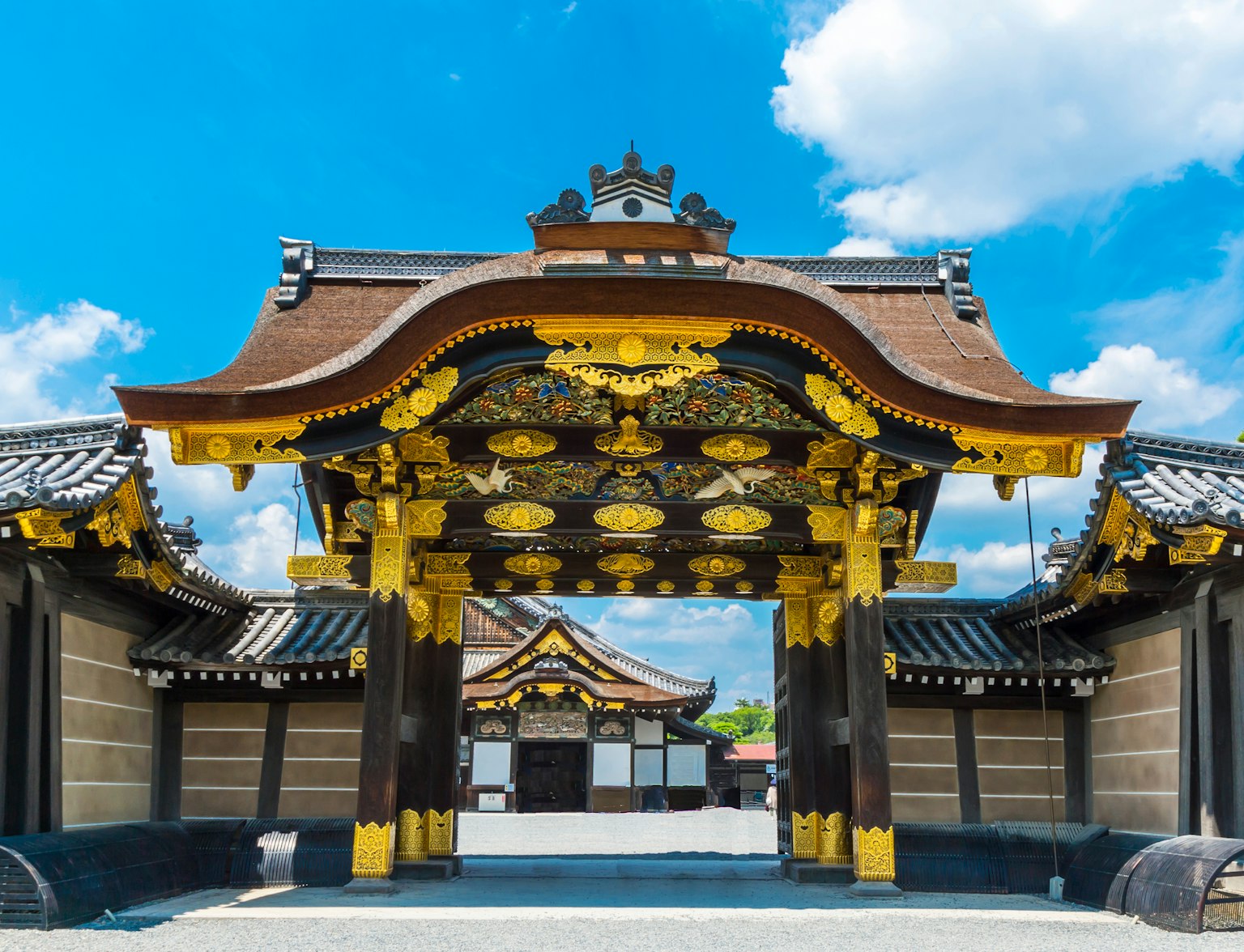
Visit Kyoto's iconic structures.
Nebuta Matsuri
If you're looking for a festival that will light up your senses and transport you to another world, look no further than the Nebuta Matsuri. Held annually in Aomori City, in northern Japan, this festival is a spectacular celebration of art, history, and spirit that will leave you mesmerized and enchanted.
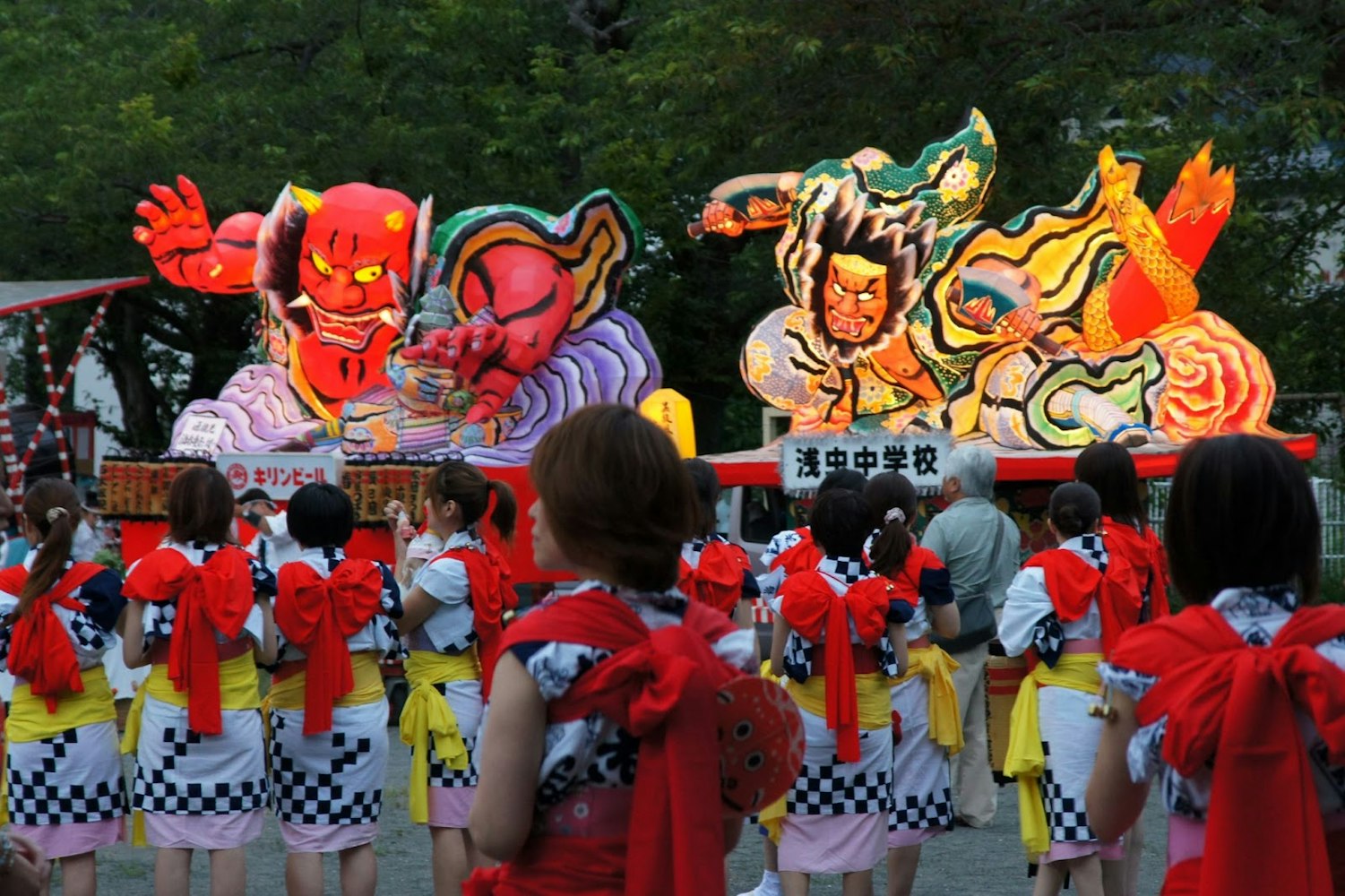
Nebuta Matsuri: Illuminated Floats and a Celebration of Courage
The Nebuta Matsuri is a centuries-old festival that dates back to the Edo period. It is held each year from August 2-7, and draws millions of visitors from around the world who come to witness the stunning display of illuminated floats, music, and dance.
The centerpiece of the festival is the "nebuta" floats, which are massive structures made of wood and paper that can reach up to 9 meters in height. These floats are carefully crafted by skilled artisans and are illuminated from the inside, creating a breathtaking display of color and light. Each float is based on a historical or mythical theme and tells a story that captures the imagination and the spirit.
Experiencing the Haneto Dance and Local Cuisine at Nebuta Matsuri
In addition to the floats, the Nebuta Matsuri offers a wide variety of traditional Japanese performances, including the lively and energetic "haneto" dance. Participants wear colorful costumes and carry small paper lanterns as they dance through the streets, inviting visitors to join in the fun and the celebration.
And, of course, no festival in Japan is complete without delicious food. The Nebuta Matsuri offers a wide variety of local cuisine, such as "nebuta-yaki," a type of grilled chicken skewer, and "hirame," a type of flatfish. Visitors can also indulge in traditional Japanese sweets, like "warabi mochi" and "dango."
Creating Your Own Float and Enjoying Traditional Music
For those looking for a more hands-on experience, the Nebuta Matsuri offers the opportunity to participate in a "nebuta taikai," or float-building competition. You can work with a team to create your own mini-nebuta float and compete against others for the grand prize. It's a great way to get involved in the festival and experience the artistry and creativity of the Nebuta Matsuri.
In addition to the floats, visitors can enjoy a variety of traditional Japanese music, such as the "hayashi" drumming and the "teodori" hand-clapping performances. There are also concerts and performances featuring local musicians and artists, providing a truly immersive experience of Japanese culture.
Yosakoi Soran Matsuri
If you're looking for a festival that embodies the spirit of Hokkaido and celebrates the fusion of tradition and modernity, then the Yosakoi Soran Matsuri is the perfect festival for you. Held annually in Sapporo, Hokkaido, this festival is a vibrant and energetic celebration of dance, music, and food that will leave you feeling invigorated and inspired.

Yosakoi Soran Matsuri: A Vibrant Fusion of Tradition and Modernity
The Yosakoi Soran Matsuri is a relatively new festival, having started in 1992, but it has quickly become one of the most popular events in Sapporo. The festival is a fusion of two traditional Japanese dance styles, the Yosakoi dance from Kochi Prefecture and the Soran dance from Hokkaido. The result is a dynamic and energetic performance that blends the old and the new, and reflects the unique cultural heritage of Hokkaido.
Creative Ideas for Experiencing Yosakoi Soran Matsuri
One of the highlights of the Yosakoi Soran Matsuri is the chance to see the dynamic and colorful dance performances. Visitors can watch as teams of dancers move to the beat of traditional Japanese instruments, while wearing brightly-colored costumes and carrying flags and fans. The energy and excitement of the dancers is infectious, and visitors are encouraged to join in and dance along.
In addition to the dance performances, visitors can sample the local cuisine of Hokkaido. Hokkaido is known for its fresh seafood, including crab, scallops, and salmon. Visitors can also enjoy local specialties like "jaga-butter," a dish of buttered potatoes, and "soup curry," a spicy curry soup that is popular in Sapporo.
Conclusion
Japan's festival culture is a rich and diverse tapestry of traditions, artistry, and community. From the delicate beauty of the Cherry Blossom Festival to the fiery excitement of the Sumida River Fireworks Festival, Japan's festivals offer visitors a chance to immerse themselves in the country's rich cultural heritage and experience the warmth and hospitality of its people.
Whether you're interested in dancing and feasting at the Awa Odori or creating your own float at the Nebuta Matsuri, Japan's festivals offer a wealth of experiences that are sure to create unforgettable memories. And with festivals taking place throughout the year in every region of the country, there is always a new and exciting event to discover.
So if you're planning a trip to Japan, be sure to include at least one festival in your itinerary.



